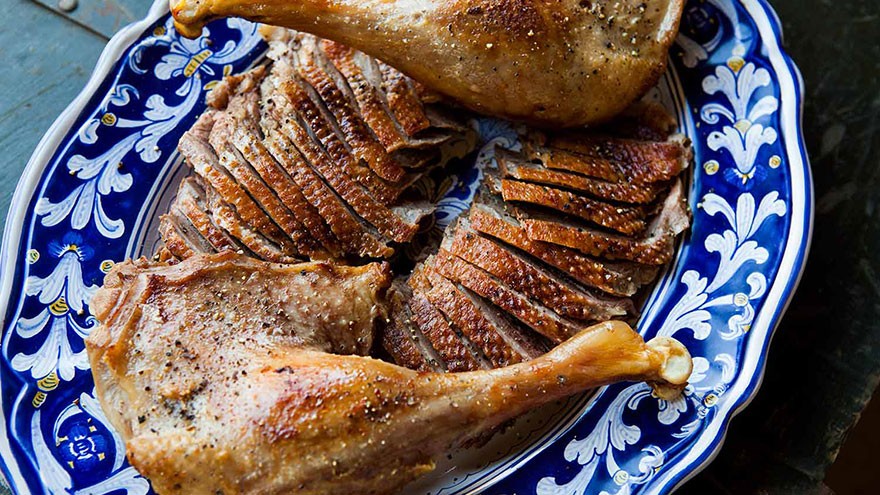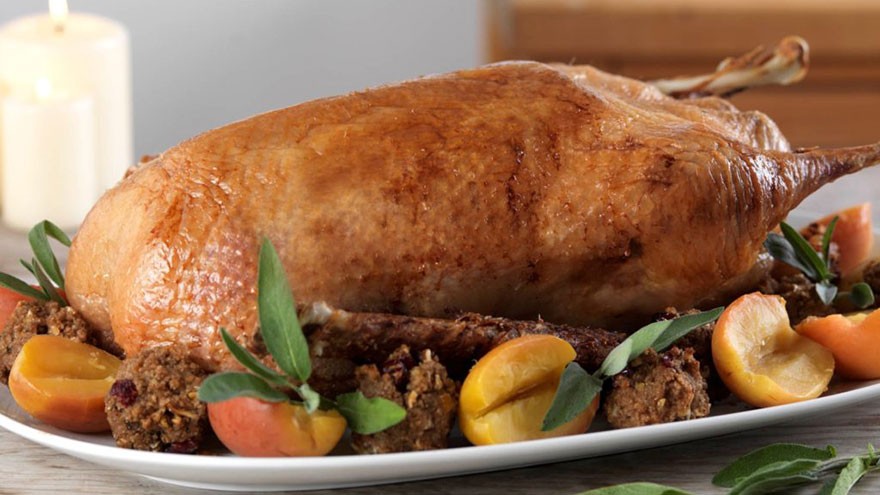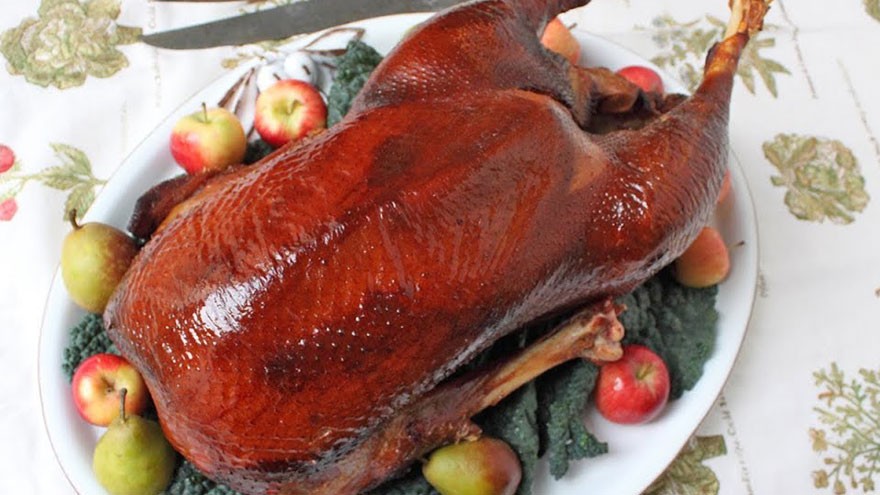How to Cook Goose
Goose, which was enjoyed at meals at least as far back as the ancient Egyptian times, has a unique flavor few modern Americans have tasted. Although roast goose was a staple among early American settlers, somewhere along the way, goose became passé. However, goose is making a comeback, in part because it’s almost always sold as a free-range bird.
Goose also has more protein and less cholesterol than turkey, duck, or beef. Compared to chicken, goose is more protein rich, too. Goose is an all dark meat with a strong, rich flavor more like beef than chicken or even duck.
And while roast goose is a traditional feast, be sure to check out Our Deer’s goose recipes for more creative ideas.
Choosing a Goose
Throughout most of the United States, fresh goose is usually only available around Christmastime. During the rest of the year, quality goose can be purchased frozen.
Don’t select the largest goose you can find; chances are it will be tough and overly fatty. Instead, chose a young bird, which will weight no more than 12 pounds.

Preparing Goose
Geese are fatty, although their meat is actually lean. This makes cooking them trickier than cooking, say, a turkey, but can result in splendid flavor.
Before you do anything else to your goose, remove large areas of fat. (Save them to render for later cooking projects; goose fat is considered the gold standard in gourmet cooking.) The fat that remains on the goose will cook out if you prick the skin of the bird all over. Do not pierce the skin, however.

After cutting out excess fat, you should ideally blanch the goose (place it in boiling water for about one minute), then let it sit in the refrigerator for at least one day and up to two days.
Although goose can be roasted without seasonings, good seasonings include salt and pepper, parsley, dry white wine, cloves, apples, bay leaf, thyme, mushrooms, and dried cherries.
Roasting Goose

Place the goose, breast up, in a roasting pan. As you roast the goose, you’ll find lots of fat ends up in the pan. Every thirty minutes or so suck it up with a baster and remove it, or your goose might catch on fire. (Again, save this fat for flavoring other dishes.)
Roast the goose at 400F for about an hour, then reduce the heat to 350F and roast until a thermometer inserted into the breast reads 180 degrees.
Check out the video version of this article on YouTube : How to Cook Goose

